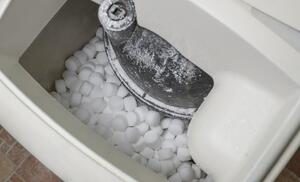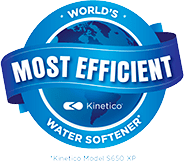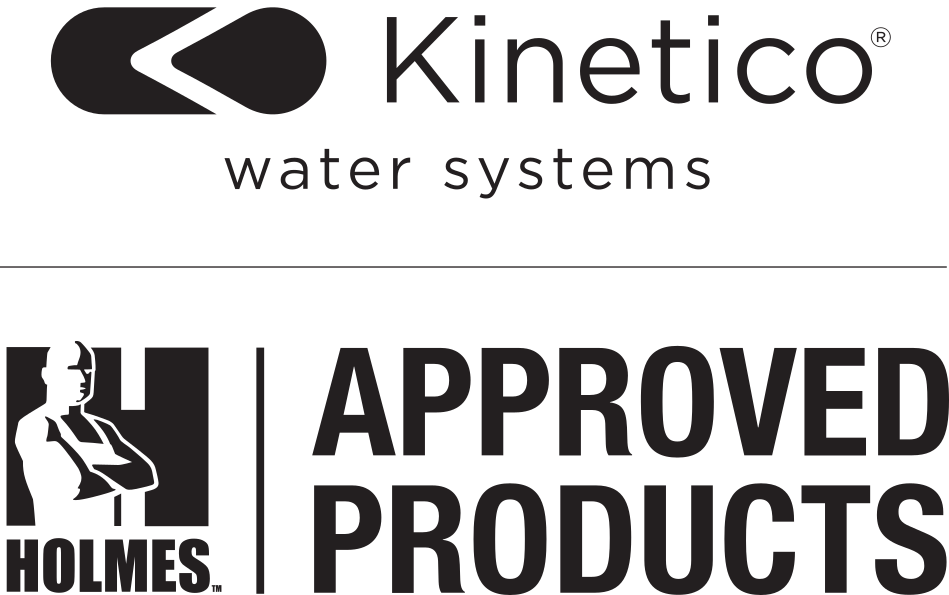If you live anywhere in Minnesota, you probably have a water softener in your utility closet. At least, we hope you do. With our naturally hard water, it’s an essential piece of equipment if you hope to avoid the ugly, expensive problems hard water can cause. Most of us know that a water softener contains salt, but why? How does a water softener work to improve the quality of our water?
First, You Have to Understand What Makes Your Water Hard
Water is considered “hard” if it contains certain dissolved chemicals and substances. Dissolved rock such as limestone (calcium carbonate) or metal such as iron is common, though there can be other compounds as well. The higher the concentrations, the harder the water. You can have hard water whether you are on a municipal system or a private well.
The compounds that make water hard are responsible for a host of problems from spotty glassware to iron stains in your sink, yellowed laundry, and soap that won’t foam up or rinse out of your hair. The chemicals form crusty white build-up on your fixtures and inside your appliances, making them inefficient and short-lived.
So, how does a water softener work to change that?
Out with the Bad
A water softener uses a process called ion exchange to remove hardness minerals from your water before you use it. The process is pretty simple, actually:
- The water softener contains resin — beads that are electro-statically sensitive. As the water flows through the resin chamber, the beads attract and hold ions from the hardness minerals, releasing non-harmful ions such as sodium or potassium instead. Out with the bad, in with the good, now the water is soft.
- When the beads are full to capacity with the hardness-causing ions, they can be cleaned using a process called regeneration. This is where the salt comes in. The beads are washed with a brine solution, which reverses the ion exchange. The beads release the accumulated calcium, iron, etc. ions and replace them with sodium ions from the brine. The hard minerals are flushed down the drain, and the beads are ready to start the water softening process all over again.
Simple Yet Effective
Hard water is no fun. Without a water softener, you can look forward to never-ending frustration, dingy laundry, dry skin and hair, fixtures and dishes that look unappetizing, and more frequent appliance repairs or replacement. Hard water can even taste or smell funny. No one wants that.
So, how does a water softener work? You might say beautifully and cost-effectively.









